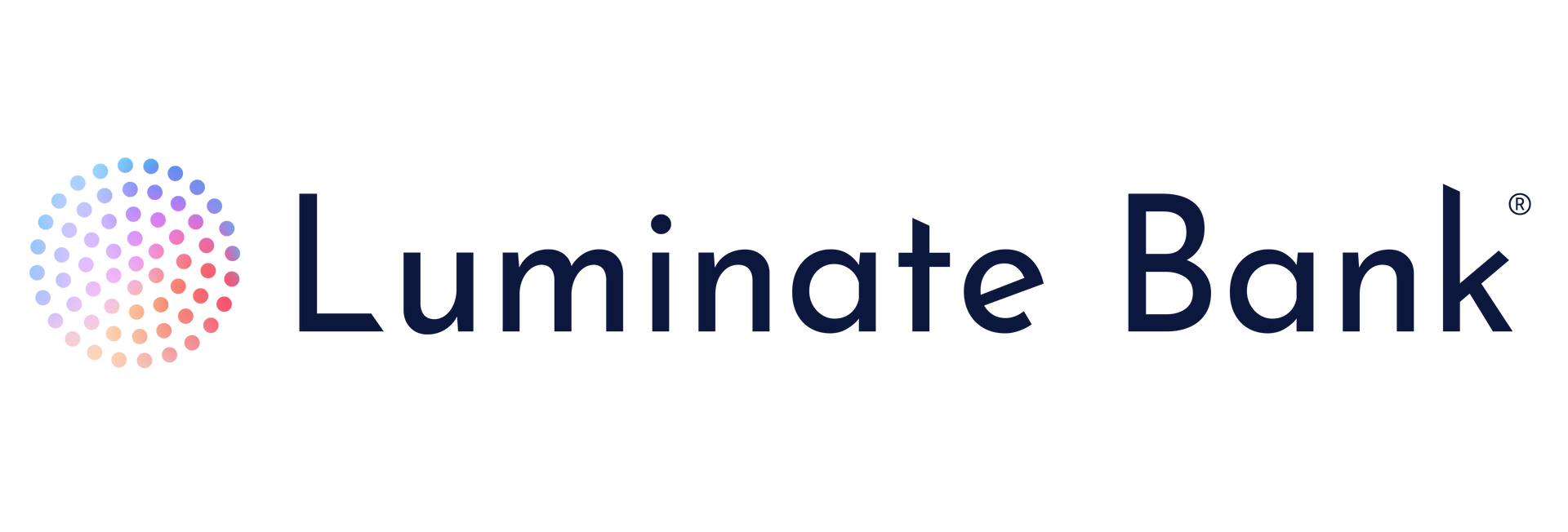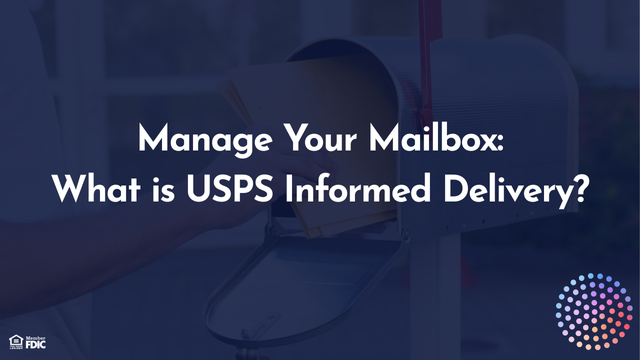Which Assets Can Be Included on Your Mortgage Application?
October 8, 2025
WHICH ASSETS CAN BE INCLUDED ON YOUR MORTGAGE APPLICATION?

When you apply for a mortgage, your lender will take a close look at your full financial picture. Along with your debts, income, and credit score, they’ll also review your assets to understand your overall net worth.
Your net worth gives lenders a clearer sense of your financial strength. It’s calculated by taking the total value of everything you own (your assets) and subtracting what you owe (your liabilities). This helps your lender assess how comfortably you can afford a home, cover the down payment and closing costs, and continue making payments over time.
Lenders also look at your assets to understand how you might handle unexpected financial circumstances. By reviewing your savings, investments, and other assets, your lender can better gauge your financial picture.
Simply put, an asset is anything you own that has monetary value. Assets are generally divided into three main categories: cash, cash equivalents, and property. Their total value tends to increase as you build your career and investments over time.
It’s worth noting that your income or salary doesn’t count as an asset. Income helps you qualify for a loan, but assets reflect what you already own and could potentially draw from.
Below are the main types of assets lenders may consider on your mortgage application.
Start by listing all the cash and cash equivalents you have. These include money in your checking and savings accounts, money market accounts, and certificates of deposit (CDs). In short, if the funds can be quickly withdrawn as cash, they belong in this category.
Physical assets are tangible items with value, meaning things you can touch and potentially sell. This can include real estate, vehicles, boats, RVs, jewelry, or artwork. If an item can reasonably be sold to generate funds, it’s worth reporting as a physical asset.
Liquid assets refer to investments that can easily be converted to cash, such as publicly traded stocks or bonds. Because they can be sold quickly, lenders tend to view these assets favorably when evaluating your financial flexibility.
Some valuable possessions take longer to sell and are considered fixed assets. These might include furniture, certain types of real estate, or antiques. Their market value can change over time, so when listing them on your application, be sure to use the most current, realistic value.
Nonphysical assets don’t have a tangible form but still hold value. This category includes things like retirement accounts (401(k)s, IRAs, pensions), royalties, and some investments. While you might not be able to liquidate them immediately, they still contribute to your overall financial picture.
Equity assets include ownership-based investments such as stocks, mutual funds, and retirement accounts. These assets often grow in value over time, making them an important part of your net worth and your lender’s assessment of long-term financial stability.
Fixed-income assets are investments that generate steady returns, such as government bonds or certain securities. These can be a reliable source of income and are another way to show your lender that you have financial depth and stability.
Before you submit your mortgage application, it may be wise to review your assets with a trusted financial professional. An accountant or financial advisor can help ensure everything is properly documented and identify any potential red flags before your lender sees them.
Having a clear, accurate picture of your assets can not only help strengthen your application but also helps you understand your true financial position as you take this exciting step toward homeownership.
Your net worth gives lenders a clearer sense of your financial strength. It’s calculated by taking the total value of everything you own (your assets) and subtracting what you owe (your liabilities). This helps your lender assess how comfortably you can afford a home, cover the down payment and closing costs, and continue making payments over time.
Lenders also look at your assets to understand how you might handle unexpected financial circumstances. By reviewing your savings, investments, and other assets, your lender can better gauge your financial picture.
What Counts as an Asset?
Simply put, an asset is anything you own that has monetary value. Assets are generally divided into three main categories: cash, cash equivalents, and property. Their total value tends to increase as you build your career and investments over time.
It’s worth noting that your income or salary doesn’t count as an asset. Income helps you qualify for a loan, but assets reflect what you already own and could potentially draw from.
Below are the main types of assets lenders may consider on your mortgage application.
1. Cash and Cash Equivalent Assets
Start by listing all the cash and cash equivalents you have. These include money in your checking and savings accounts, money market accounts, and certificates of deposit (CDs). In short, if the funds can be quickly withdrawn as cash, they belong in this category.
2. Physical Assets
Physical assets are tangible items with value, meaning things you can touch and potentially sell. This can include real estate, vehicles, boats, RVs, jewelry, or artwork. If an item can reasonably be sold to generate funds, it’s worth reporting as a physical asset.
3. Liquid Assets
Liquid assets refer to investments that can easily be converted to cash, such as publicly traded stocks or bonds. Because they can be sold quickly, lenders tend to view these assets favorably when evaluating your financial flexibility.
4. Fixed Assets
Some valuable possessions take longer to sell and are considered fixed assets. These might include furniture, certain types of real estate, or antiques. Their market value can change over time, so when listing them on your application, be sure to use the most current, realistic value.
5. Nonphysical Assets
Nonphysical assets don’t have a tangible form but still hold value. This category includes things like retirement accounts (401(k)s, IRAs, pensions), royalties, and some investments. While you might not be able to liquidate them immediately, they still contribute to your overall financial picture.
6. Equity Assets
Equity assets include ownership-based investments such as stocks, mutual funds, and retirement accounts. These assets often grow in value over time, making them an important part of your net worth and your lender’s assessment of long-term financial stability.
7. Fixed-Income Assets
Fixed-income assets are investments that generate steady returns, such as government bonds or certain securities. These can be a reliable source of income and are another way to show your lender that you have financial depth and stability.
Getting Help with Your Assets
Before you submit your mortgage application, it may be wise to review your assets with a trusted financial professional. An accountant or financial advisor can help ensure everything is properly documented and identify any potential red flags before your lender sees them.
Having a clear, accurate picture of your assets can not only help strengthen your application but also helps you understand your true financial position as you take this exciting step toward homeownership.













